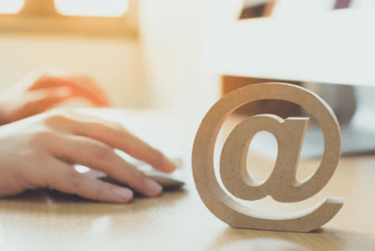Download your FREE Magnetic Magic guide!
Mastering Sales Funnels, Part 4: Presenting a Paid Offer
Your potential customer has signed up for your freebie - now what?
Pam Seino
6/11/20252 min read


Once someone enters their name and email on your squeeze page, they should land on a quick thank-you page that lets them know the freebie they signed up for is on its way to their inbox.
That’s your first official handshake with a new subscriber — and the start of your relationship with them.
From here on out, how you show up in their inbox matters. Your job now is to continue building trust, delivering value, and positioning yourself as the go-to expert in your space. And that starts with great email marketing.
Here’s what the data tells us: most people won’t buy from you right away. In fact, it usually takes at least seven touchpoints before someone’s ready to make a purchase. Some will buy sooner, some will need more time — and yes, some won’t buy at all. But if you’re consistent, helpful, and human? You’ll win over the right ones.
That means your follow-up emails are critical. After someone downloads your free report, your next few emails should do three things:
1. Make sure they got the freebie.
2. Continue the conversation about the topic they’re struggling with.
3. Introduce your paid offer as the next step in solving that problem.
But here’s where many marketers go off track — they push too hard, too fast. Nobody wants to feel like they’re being sold to in every email. That’s why you don’t need to “hard sell” in every message.
Instead, focus most of your follow-up emails on helping. Share insights, tips, quick wins, and stories that relate to the issue your offer solves. Gently mention your product, include a link at the end of the email, and trust that the right people will click through when the timing is right.
Out of a 7-email welcome or nurture sequence, only 1 or 2 of those should be strong, direct calls to action to buy. The rest should be value-packed and trust-building. Need some help building an email sequence that's effective and not salesy? Check out my Optimizing Email Open Rates guide.
And don’t forget — let them know they can reply. Invite them to reach out with questions. When someone feels like you see them and you’re willing to help without immediately pitching, it builds real connection — and that’s what leads to sales over time.
Eventually, some of your readers will click that link, say “yes,” and purchase your offer. That’s when your sales funnel really kicks in.
They’ve gone from curious subscriber to paying customer — and now you’re building something sustainable. Not just a sale… but a relationship that could last for years.


